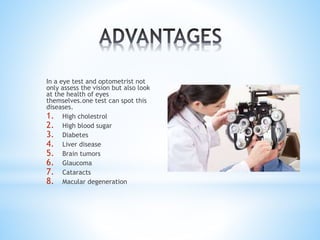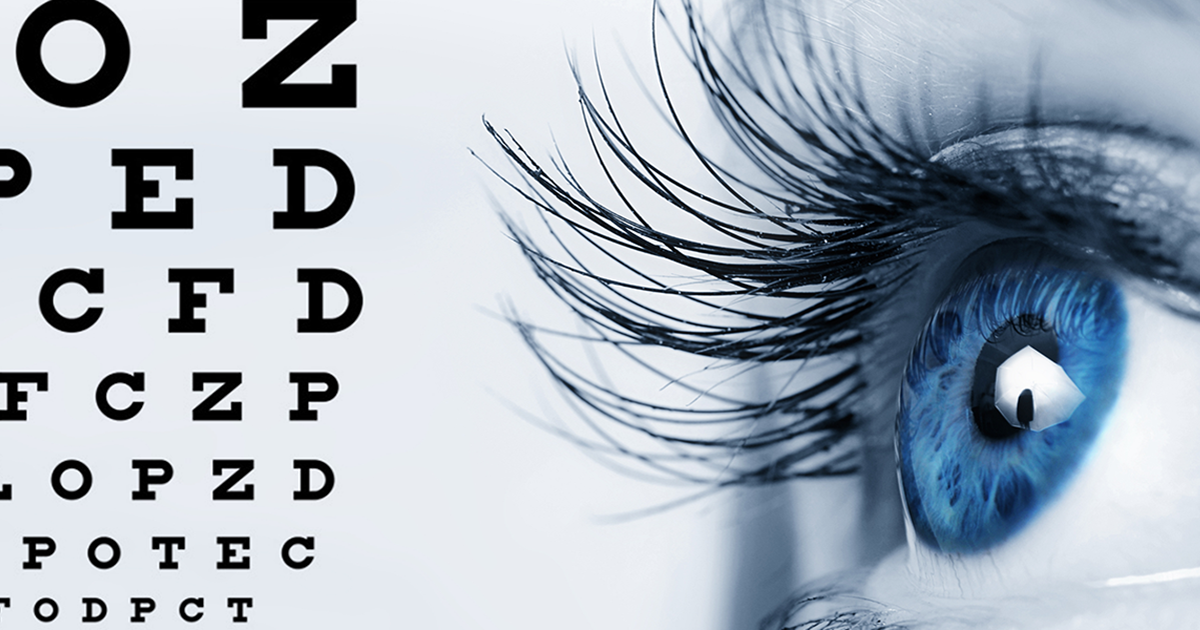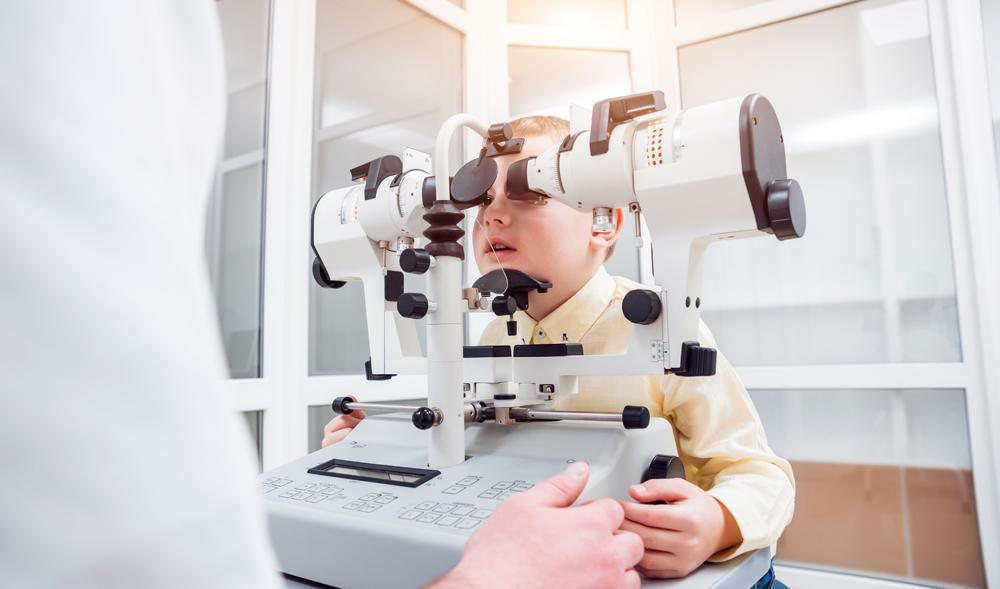The Duty of Advanced Diagnostic Equipment in Identifying Eye Disorders
In the world of ophthalmology, the usage of sophisticated diagnostic tools has actually changed the early recognition and administration of various eye problems. From discovering subtle modifications in the optic nerve to keeping track of the progression of retinal diseases, these modern technologies play a crucial function in improving the accuracy and effectiveness of diagnosing ocular problems. As the demand for exact and prompt diagnoses remains to grow, the combination of sophisticated tools like optical comprehensibility tomography and visual field screening has actually come to be crucial in the world of eye treatment. The complex interplay in between modern technology and ophthalmic techniques not only clarifies intricate pathologies however likewise opens up doors to customized therapy techniques.
Value of Very Early Medical Diagnosis
Early medical diagnosis plays a crucial duty in the reliable monitoring and therapy of eye conditions. By finding eye conditions at an early phase, medical care companies can provide suitable treatment plans tailored to the certain problem, ultimately leading to much better results for clients.

Innovation for Identifying Glaucoma
Advanced diagnostic technologies play an essential role in the very early discovery and surveillance of glaucoma, a leading source of irreversible blindness worldwide. One such innovation is optical comprehensibility tomography (OCT), which supplies comprehensive cross-sectional pictures of the retina, allowing for the dimension of retinal nerve fiber layer thickness. This measurement is necessary in analyzing damages brought on by glaucoma. Another advanced tool is visual field testing, which maps the sensitivity of a person's aesthetic field, aiding to find any type of locations of vision loss attribute of glaucoma. Additionally, tonometry is made use of to determine intraocular pressure, a significant danger element for glaucoma. This test is essential as elevated intraocular pressure can lead to optic nerve damage. Moreover, more recent modern technologies like making use of expert system formulas in evaluating imaging data are showing encouraging outcomes in the very early detection of glaucoma. These sophisticated diagnostic devices make it possible for eye doctors to diagnose glaucoma in its onset, enabling for timely treatment and much better administration of the disease to stop vision loss.
Function of Optical Comprehensibility Tomography

OCT's ability to measure retinal nerve fiber layer density allows for precise and unbiased measurements, aiding in the very early detection of glaucoma even before visual field flaws end up being evident. Furthermore, OCT innovation allows longitudinal tracking of architectural modifications gradually, promoting tailored therapy strategies and prompt interventions to assist preserve clients' vision. The non-invasive nature of OCT imaging likewise makes it a preferred choice for monitoring glaucoma development, as it can be duplicated routinely without creating discomfort to the person. Generally, OCT plays an essential function in boosting the diagnostic precision and monitoring of glaucoma, ultimately adding to far better outcomes for individuals in jeopardy of learn this here now vision loss.
Enhancing Medical Diagnosis With Visual Field Screening
A necessary part in thorough ophthalmic analyses, aesthetic field screening plays an essential role in improving the analysis procedure for numerous eye conditions. By examining the full extent of a patient's aesthetic area, this examination offers critical details about the practical stability of the entire visual path, from the retina to the visual cortex.
Aesthetic field testing is specifically valuable in the diagnosis and administration of problems such as glaucoma, optic nerve disorders, and various neurological conditions that can influence vision. With quantitative dimensions of peripheral and main vision, clinicians can discover refined adjustments that may indicate the existence or development of these problems, also prior to obvious signs and symptoms occur.
Additionally, visual field testing permits for the surveillance of treatment efficacy, helping ophthalmologists tailor healing original site interventions to private clients. eyecare near me. By tracking changes in aesthetic area performance with time, health care carriers can make enlightened choices concerning readjusting drugs, recommending medical treatments, or executing various other suitable measures to protect or boost a client's aesthetic feature
Managing Macular Deterioration

Conclusion
In verdict, advanced analysis tools play an essential function in identifying eye problems early on. Technologies such as Optical Comprehensibility Tomography and aesthetic area screening have considerably enhanced the accuracy and performance of identifying conditions like glaucoma and macular deterioration.